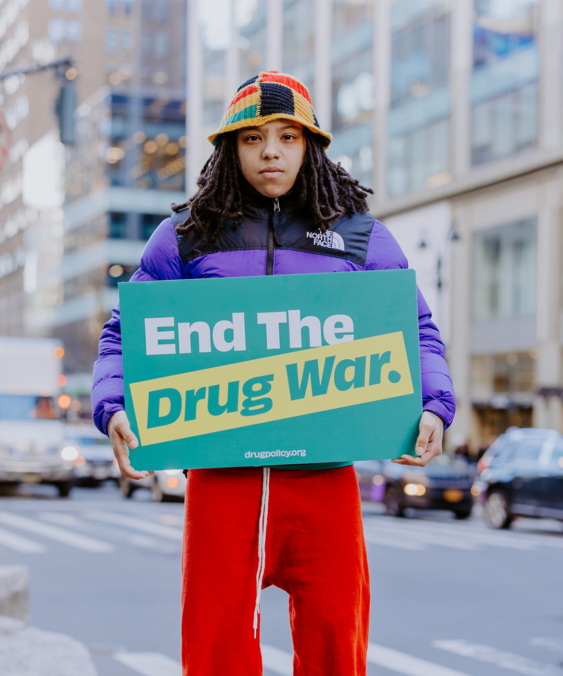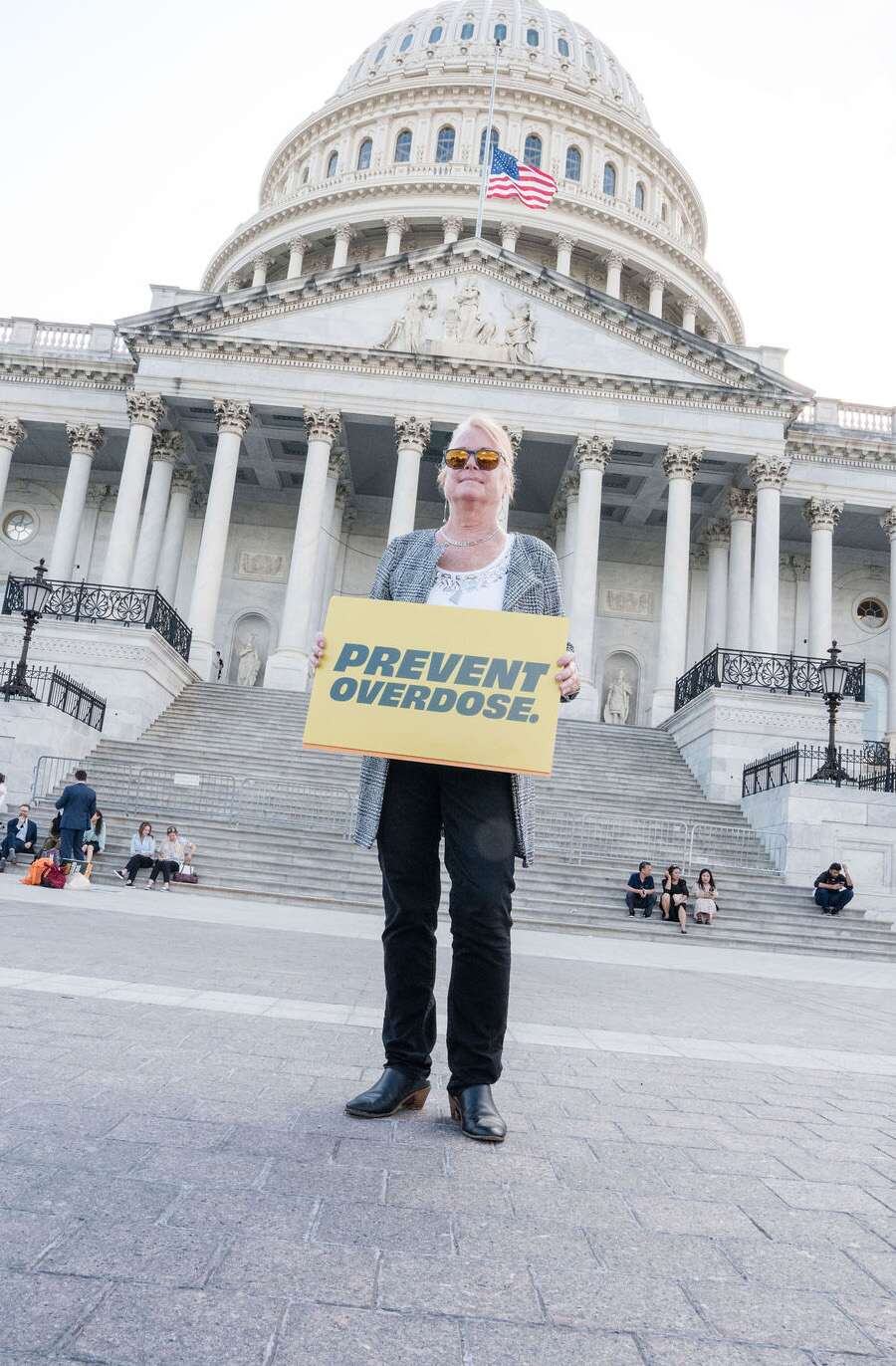
Margaret Dooley-Sammuli at (213) 291-4190 or Stephen Gutwillig at (323) 542-2606
SACRAMENTO — The nonpartisan Legislative Analyst’s Office announced today that it expects the California state budget deficit to exceed $20 billion by the end of the 2010-11 fiscal year, and that the state will spend $1.4 billion more on prisons than was budgeted in 2009-10. Advocates criticize the state for failing to make real cuts to prison spending, while enacting brutal cuts to important social services.
“California’s prison spending is totally out of whack and it’s locking up tax dollars that now aren’t available for education and other community services like fire protection and elder care,” said Margaret Dooley-Sammuli, deputy state director for the Drug Policy Alliance in Southern California. “Other states, like New York, have reduced their crime rates and their prison populations at the same time. California should follow their lead.”
The Legislature and governor approved $1.2 billion in unallocated cuts to the California Department of Corrections and Rehabilitation (CDCR) in late July. On September 11, the Legislature sent a bill to the governor that would realize just $200-300 million in cuts. According to the LAO’s report, prison spending will exceed its 2009-10 budgeted level by $1.4 billion.
“Sacramento said that it would cut prison spending by $1.2 billion — but that was a lie. That should come as no surprise; the prisons have overspent their budget by hundreds of millions of dollars in each of the past several years,” Dooley-Sammuli continued. “With the state near fiscal collapse, this just won’t do any longer. Prisons, like other resources, should be used wisely. They simply aren’t the right place for people convicted of petty offenses, particularly low-level, non-violent drug law violations.”
According to the CDCR, over 30,000 people are locked up in California state prisons for a non-violent drug offense — at a total cost of $1.5 billion per year. Instead of reducing costs by addressing the number of people incarcerated for petty drug offenses, however, the state recently announced that it would cut by 70% the amount of drug treatment offered behind bars and by 40% the amount of drug treatment offered on parole.
The LAO report is online at: http://www.lao.ca.gov/laoapp/PubDetails.aspx?id=2143
# # #


Notifications